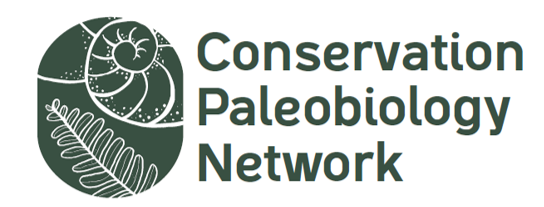Hi everyone! My name is Meaghan, and I’m a PhD Candidate at the University of British Columbia. I work in the Global Oceans Modeling Group in the Institute for the Oceans and Fisheries, and bring my zooarchaeological background to an ecological modeling project. In my spare time, I’m a west coast swing dancer, avid baker, and tea obsessive. I also mentor undergraduate and graduate students to help them get the most out of their academic experience.
My research project is a small part of Tsleil-Waututh Nation’s Cumulative Effects Monitoring Initiative (CEMI). My supervisor Dr. Villy Christensen and CEMI Manager Spencer Taft created the PhD project to address specific goals and questions to serve CEMI. I see this research as work in service to Tsleil-Waututh Nation.

I am really interested in holistic and multi-disciplinary approaches to science, so combining zooarchaeology and ecological modeling was really exciting for me. Soon after I started, we added in historical and archival material, and soon I will be able to incorporate Tsleil-Waututh community knowledge and expertise through ethnographic interviews.

The study area for this research is Burrard Inlet in what is now known as British Columbia, Canada, in unceded Coast Salish territories. Tsleil-Waututh Nation are the People of the Inlet (twnation.ca), so the Inlet is the heart of the community. Burrard Inlet is also the home to Canada’s largest port, the Port of Vancouver, as well as many industrial and commercial structures, interests, and projects. It is also the terminus for the Trans Mountain Expansion Project, which seeks to greatly increase the industrial traffic in and capacity of the inlet. Tsleil-Waututh Nation is working hard against this Expansion Project, and their incredible work can be seen here: twnsacredtrust.ca.
Burrard Inlet may be an important site for commercial, industrial, and recreational activities, but it has been home to Tsleil-Waututh Nation since time immemorial. Our work is uncovering just how much of the Inlet has been lost to or damaged by urban and industrial development, and what impact that loss has had on Tsleil-Waututh communities. Burrard Inlet used to be a much more diverse and healthy ecosystem than it is today, and for the benefit of everyone living on its shores, we must protect it from further damage.


To follow this project and learn more, check out a StoryMap about the work at www.changeinburrardinlet.ca and follow me on Twitter at @megefford! You can also find me on Skype a Scientist and at www.meaghanefford.com.

